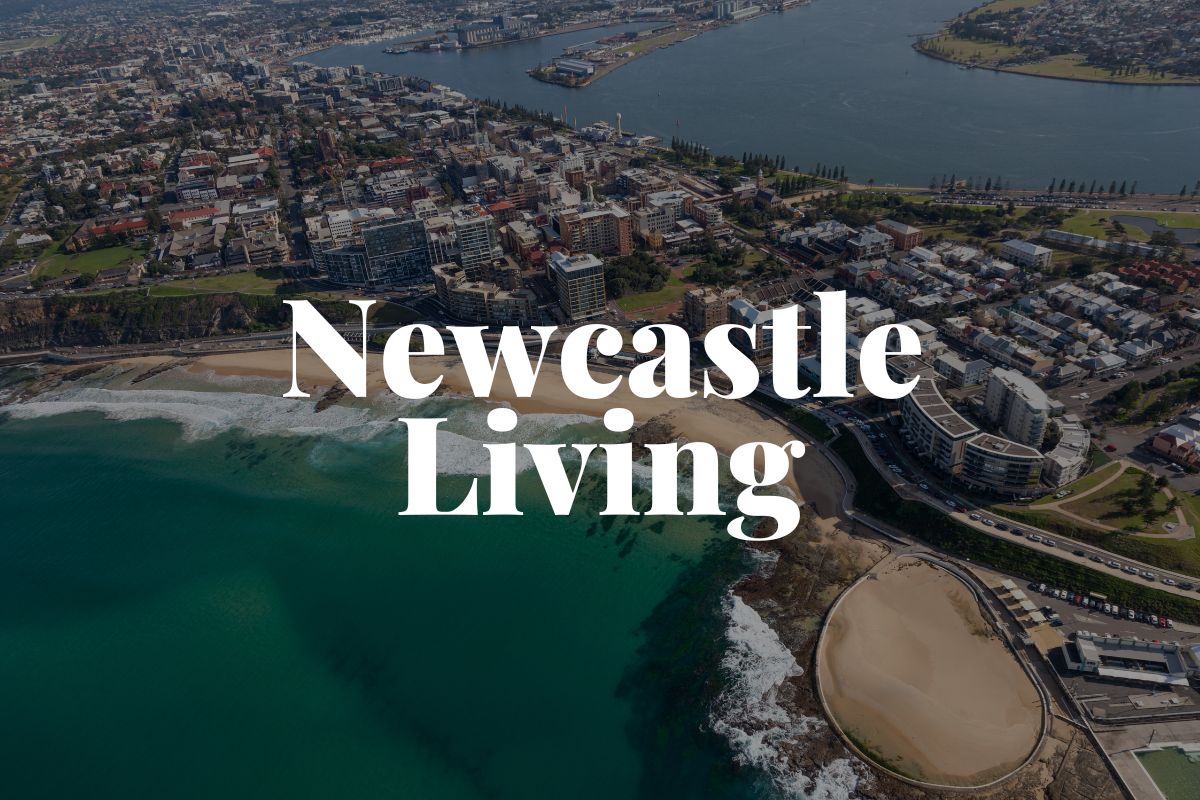Solar is generally the next pillar for consideration once a building has considered and undertaken ‘low hanging fruit’ efficiency upgrades to lighting, HVAC, etc.
We all know that the climate in the Hunter region is fantastic year-round, with (300) sunny days per year; this, in turn, makes for fantastic solar energy production. We have helped arrange the solar installation at a number of buildings we manage, and we’ve had fantastic support from the owners and results for the owner’s corporation in doing so.
Strata buildings in the Hunter, Lake Macquarie, and Newcastle regions have features that lend themselves well to the installation of solar:
- Flat roofs without plants and equipment on buildings with a relatively large footprint (there are not many towers in the area as you find in Sydney metro areas);
- Limited over-shading from other buildings (e.g. commercial buildings as you get in many parts of Sydney) and trees;
- Relatively limited demands on common property power – lighting, garage doors, lifts, HVAC – thus, a rooftop solar system is generally able to offset this completely;
- Payback periods as short as 4-5 years based on current power charges – this will shorten again if rates continue to rise (which they likely will with the closure of power plants);
- The indicative lifespan of solar systems of c. 25 years, with very little maintenance;
- Ability to reduce demand on the grid, which can be stressed during summer when people are running air-conditioning and other appliances; and
- A greater focus on cleaner/smarter energy than ever.
Solar is Fast Becoming The In-demand Sustainability & Energy Efficiency Initiative For Strata Buildings In The Hunter Region.
The process for getting solar on your building is relatively simple:
- Strata Committee arranges for assessment by a solar installer (make sure you find one that has done strata work previously). There may need to be an upgrade to the electrical board and wiring to allow for solar;
- Provided the building is suitable (some are not due to the shape of the roof, overshading, plant and equipment on the roof or the orientation of the roof), competitive quotes are sought based on a suitably sized system for the building.
- We suggest having an independent third party such as Sustainability Now or Wattblock (here’s a great white paper that WattBlock did on solar – certainly more informative than this particular blog) – tender the work and give a recommendation (there are so many types of panels and inverters and you want to ensure what you are getting is suitable);
- Work out how the system will be funded – special levy or out of existing funds (what has worked well at other buildings is using capital funds to purchase the system and then allocating additional funding in future years to repay the system cost from the savings in electricity in the administrative fund);
- Put relevant motions to a general meeting for funding and the addition of solar to common property; and
- Once agreed by the meeting, proceed with the work and start experiencing the amazing cost benefits of solar.
Committees and managers should monitor the solar system so they know it’s producing power. There’s nothing worse than having an expensive solar system on your roof that has tripped, and nobody is any the wiser. There are now SIM solutions for this at a minimal cost and an alert goes to the strata/building manager/retailer or committee if the system isn’t operating as it should. There are also some alternate models out there involving leasing the solar equipment and the lessee being able to provide occupants with clean power at a discount.
Battery storage technology is getting better year-on-year as well, so there’s every prospect of mating battery with solar to ensure that a building will only draw power from the grid in off-peak periods. It’s also noted that strata schemes made up of townhouses can likely obtain all the benefits of solar on a per-lot basis (or potentially group together for the installation of a larger system with battery technology – there’s every opportunity for an off-grid development in the Hunter of this type in years to come).
At Bright & Duggan Property Group, we would happily chat with anyone about the process and the benefits.


